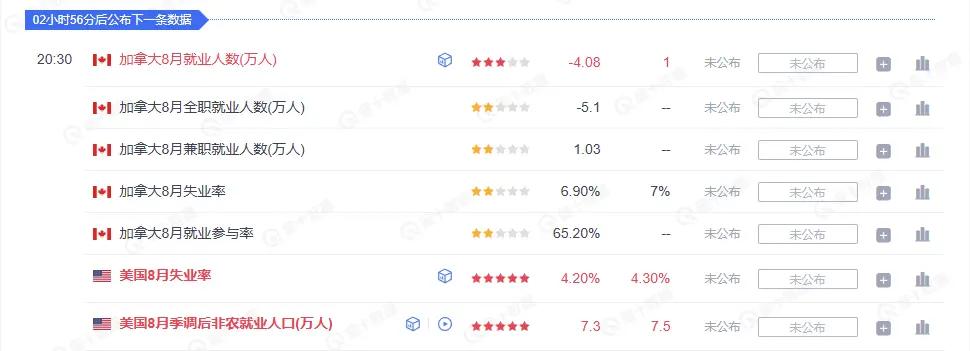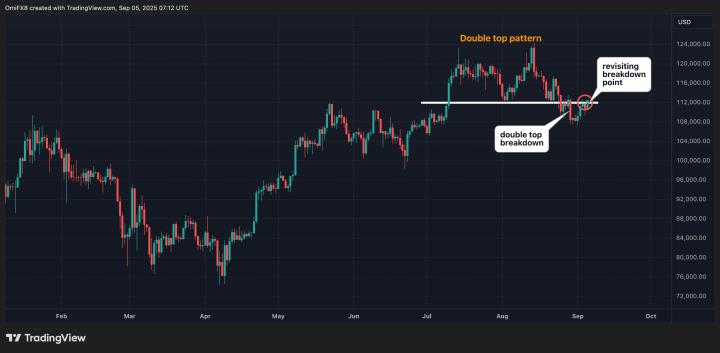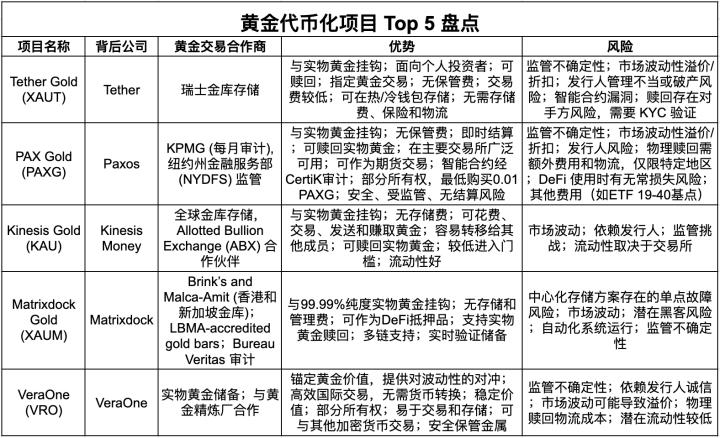The U.S. Bureau of Labor Statistics will release its August non-farm payroll report at 8:30 PM Beijing time on Friday. Previous July data showed an average monthly increase of just 35,000 jobs from May to July, leading to the dismissal of the agency's former head by President Trump. Last month, 75,000 jobs were added, slightly higher than the 73,000 in July. The unemployment rate is expected to rise slightly from 4.2% to 4.3%, a 2021 high.
Market focus is on whether the data will fall within the "perfect range": weak enough to support a September rate cut, but not so bad as to spark recession fears. Currently, the market has fully priced in a 25 basis point rate cut in September, but a significant miss could reignite expectations for a more aggressive rate cut.
The median forecast from institutions is for an increase of 75,000 jobs, with 48 of 54 predictions falling between 60,000 and 100,000. Most believe the breakeven point is between 50,000 and 100,000. A figure below 40,000 and an unrevised prior reading could trigger market bets on a 50 basis point rate cut. Historically, non-farm payroll revisions have been procyclical, with weak data often accompanied by downward revisions to the prior reading.
As for the unemployment rate, the actual value in July was 4.25%, and the expected value in August was 4.3%, indicating that the market does not think it will soar. Unless employment is extremely weak or the unemployment rate reaches 4.4% or above, a reading of 4.3% will hardly prompt a radical interest rate cut.

The ADP employment data for August released on Thursday night showed an increase of only 54,000, far lower than the upwardly revised 106,000 in July; the number of initial jobless claims rose to 237,000 last week; and the number of job vacancies fell to 7.18 million in July, a 10-month low, all indicating that the labor market is cooling.
The impact of employment data on risky assets can be categorized into three scenarios: significantly weak, moderately weak, and significantly strong. When the data is significantly weak, the market will increase expectations for a September rate cut, leading to lower US Treasury yields and a weaker US dollar, which in turn benefits risky assets like Bitcoin. Examples include the release of employment data showing fewer than 50,000 new jobs, an unemployment rate above 4.4%, slow wage growth, and downward revisions to previous data.
If the data is mildly weak or in line with expectations, the market will maintain its expectation of a 25 basis point rate cut in September, and Bitcoin may fluctuate and strengthen, depending on the wage data and revisions. For example, the data released may show 60,000 to 90,000 new jobs, an unemployment rate of 4.2% to 4.3%, and wage growth of 0.2% to 0.3%.
Strong data could weaken or delay expectations of rate cuts, strengthen US Treasury yields and the US dollar, dampen risk appetite, and potentially pressure Bitcoin to retreat. For example, if the data release includes over 150,000 new jobs, an unemployment rate below 4.1%, wage growth above 0.4%, and upward revisions to previous figures, the data could be negative.
Average hourly earnings data warrants close attention, as it significantly influences inflation expectations. Revisions to previous figures are also crucial; significant downward revisions could alter market interpretations. Furthermore, labor force participation and hours worked also provide insights into economic demand.
Around the release of data, market volatility tends to be concentrated between 8:30 PM and 9:00 PM, potentially leading to sharp fluctuations and V-shaped reversals. Prioritize salary and revised data, establish appropriate risk management measures, and observe the synergy between US Treasuries and the US dollar. If US Treasury yields and the US dollar rise simultaneously, the odds of a long Bitcoin position will decrease; otherwise, the odds will increase.
Rather than giving you 100% accurate advice, it's better to give you the right mindset and trends. After all, it's better to teach a man to fish than to give him fish. Advice can make you money temporarily, but mindset can make you money forever! What matters is the mindset, the grasp of trends, the layout of the market, and the planning of positions. All I can do is use my practical experience to help you, so that your investment decisions and business management will go in the right direction.








